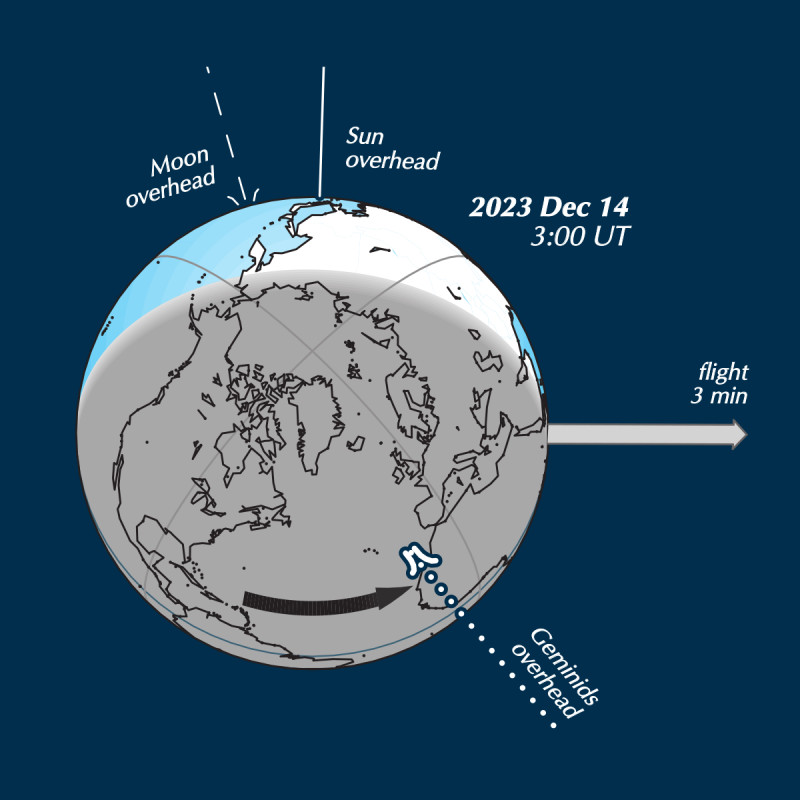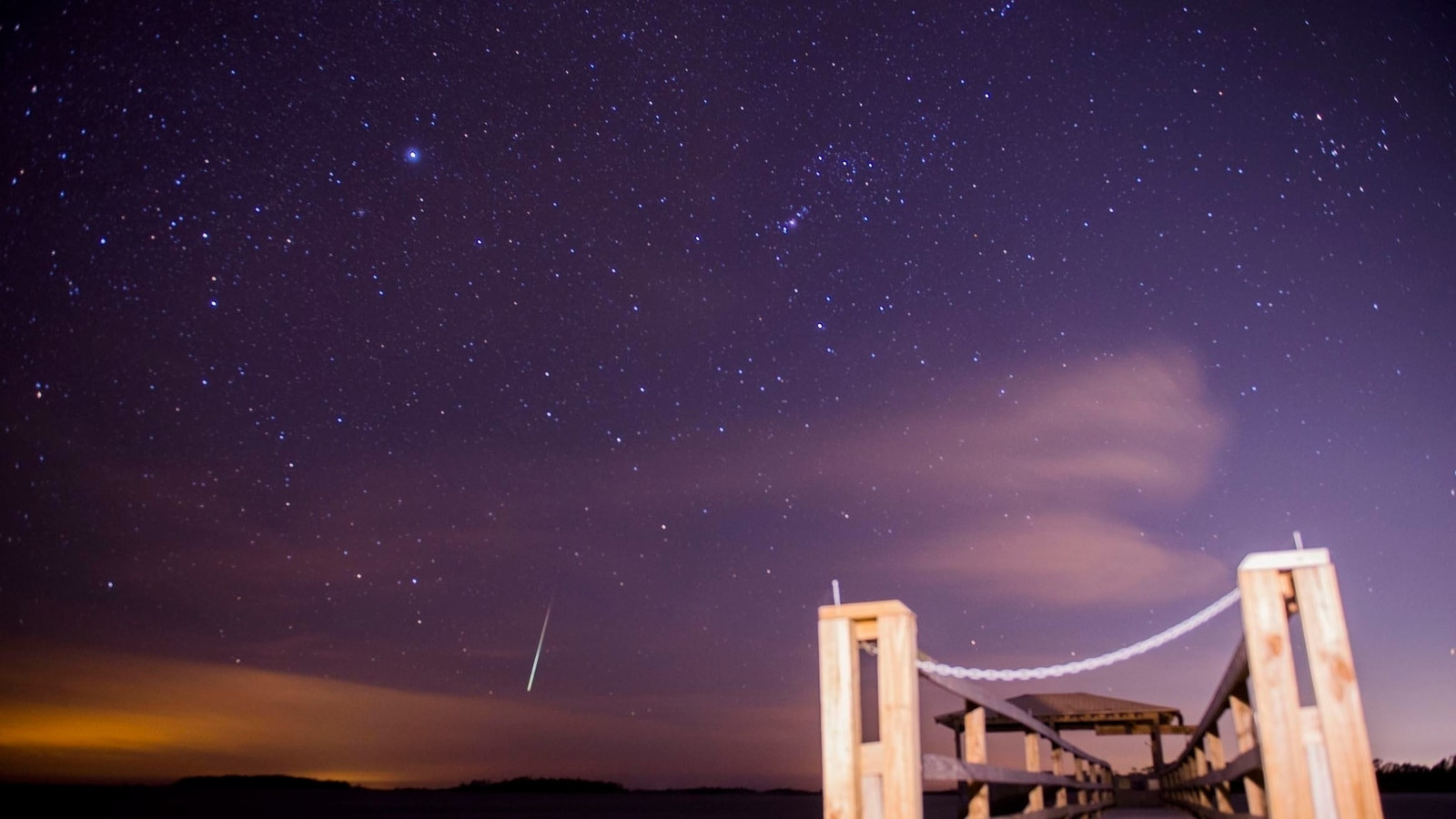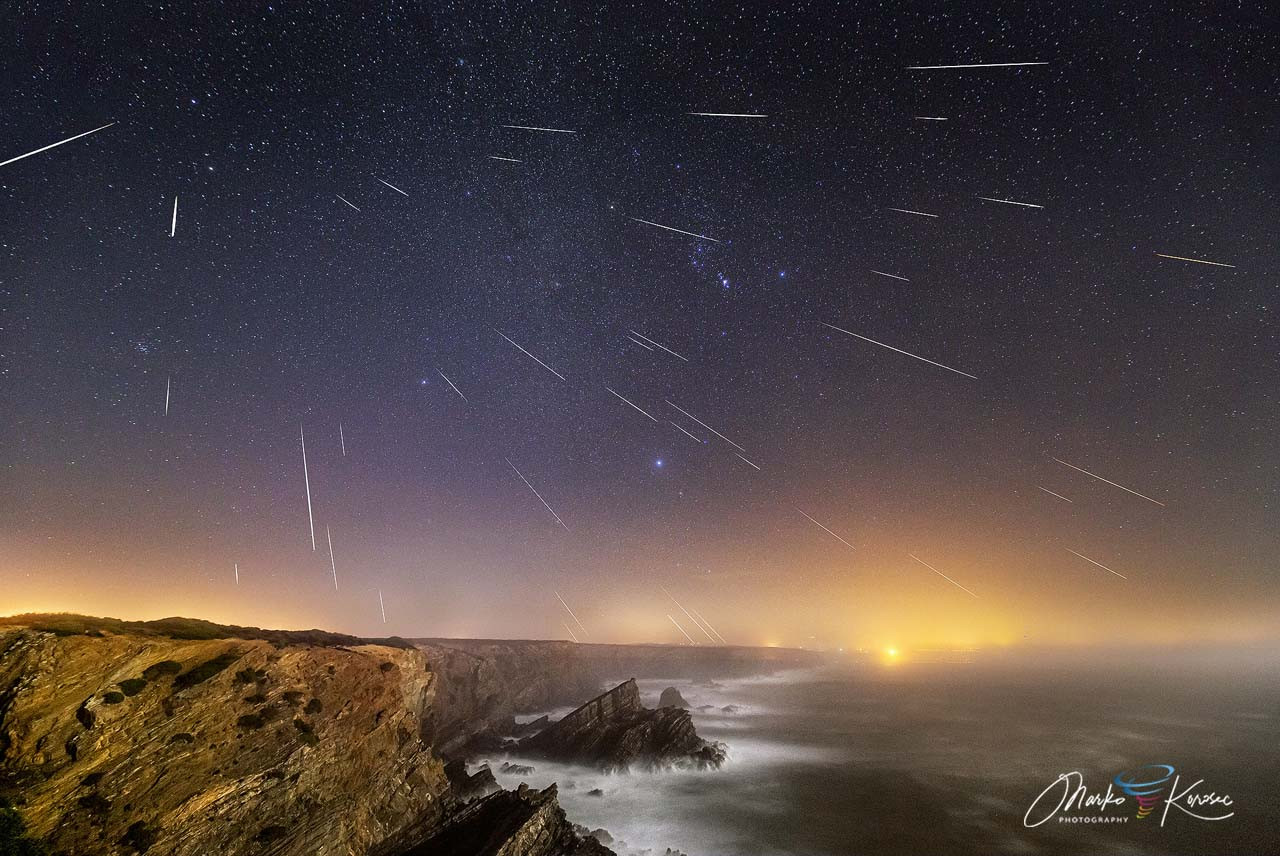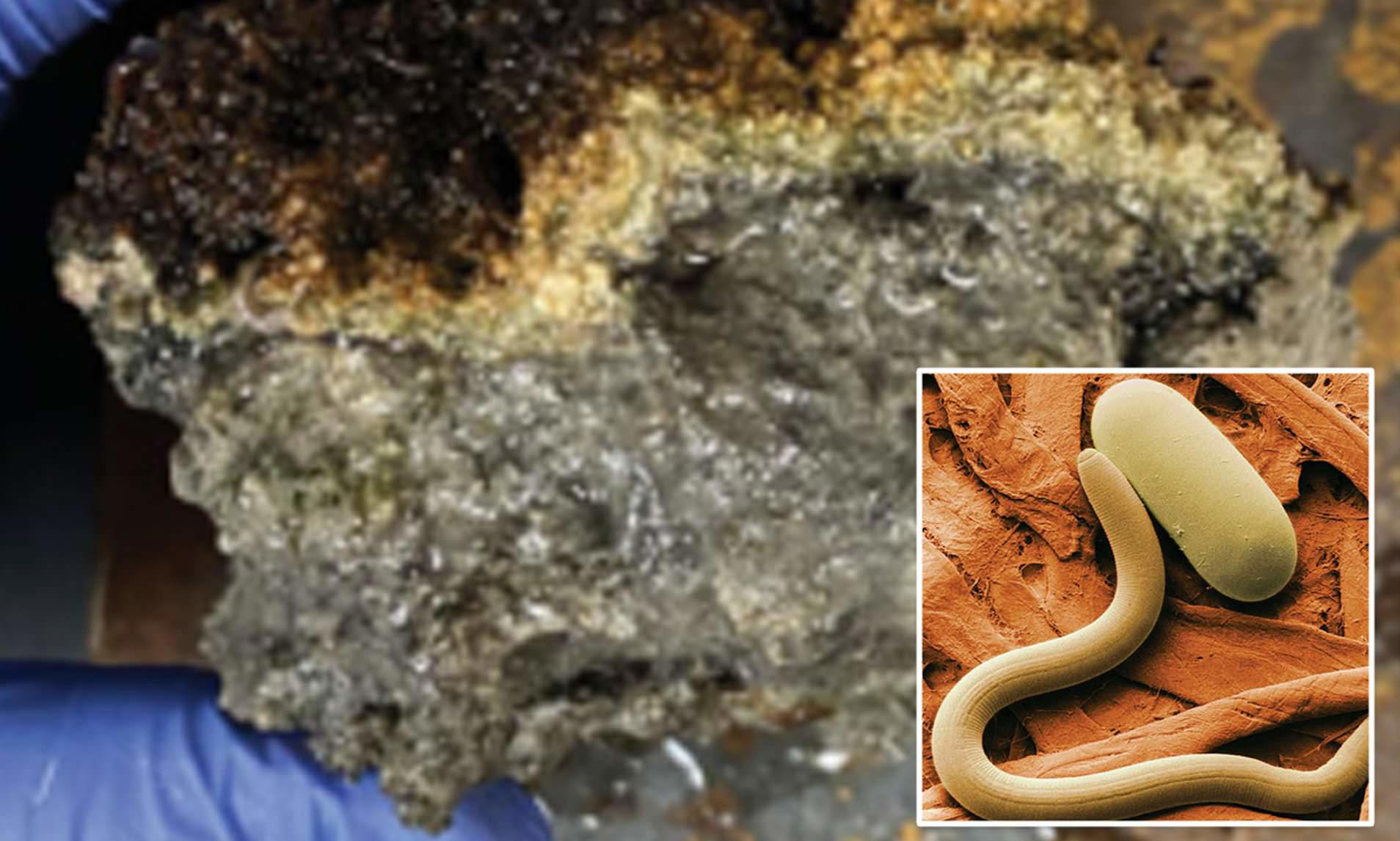Look Up! Geminid Meteor Shower Peaks Tonight!
The Geminid meteor shower, renowned for its bright and vividly colored meteors, reaches its peak tonight, December 13th. This celestial spectacle, caused by Earth passing through debris left by asteroid 3200 Phaethon, promises a breathtaking display. Under ideal conditions, up to 120 meteors per hour could be visible. However, this year's near full moon will reduce visibility, washing out fainter meteors.
Maximizing Your Geminid Viewing Experience
While the moonlight will impact viewing, brighter meteors and the occasional fireball will still be easily visible, creating a dazzling show against the night sky. The meteors will appear to radiate from the Gemini constellation, but don't fixate on Gemini itself. Instead, scan the surrounding constellations; meteors closer to the radiant tend to have shorter trails and are harder to spot.
The best viewing time is around 2 a.m. local time when the Gemini constellation, the shower's radiant, is highest in the sky. The shower's activity typically peaks in the late evening and extends into the early morning hours.
Optimizing Your Location and Preparation
For the best experience, choose a dark location away from city lights to minimize light pollution. Dress warmly, and bring blankets, a thermos of hot chocolate, or other comforts to make the experience cozy and enjoyable. Remember, you don't need any special equipment to view the shower—your eyes are all you need!
Can't Make It Out Tonight?
Don't worry if clouds or other factors interfere with your meteor-watching tonight. The Geminids are active through December 21st, so you might still catch some meteors in the coming days, especially in the predawn hours when the moon sets earlier. You can use an online sunrise-sunset calculator to find the ideal time for viewing in your area.
Witness the Geminids from the Comfort of Your Home
If you can't venture out, you can still witness the Geminid meteor shower live online! Astronomer Gianluca Masi of the Virtual Telescope Project will be hosting a livestream starting at 6:00 p.m. EST (2300 GMT) on December 13th, weather permitting. This is a fantastic alternative for those with less-than-ideal viewing conditions or those who prefer a comfortable, indoor viewing experience.
Beyond the Geminids: Exploring the Night Sky
While focusing on the Geminids, remember to take a broader look at the night sky. This celestial event offers a wonderful opportunity for stargazing beyond the meteor shower. Keep an eye out for Jupiter, visible in the night sky between the nearly full moon and Aldebaran, a reddish-orange star in the Taurus constellation. All winter, skywatchers in the Northern Hemisphere can also enjoy spotting the Winter Triangle, a prominent formation of three bright stars: Sirius, Procyon, and Betelgeuse.
Unveiling the Mysteries of the Geminids: An Asteroid's Legacy
Unlike most meteor showers originating from comets, the Geminids are remnants of an asteroid, 3200 Phaethon. This makes the Geminids unique, as they are the only major meteor shower produced by an asteroid, or what astronomers call a rock comet. This unique origin might explain why Geminid meteors are often brighter and more spectacular than those from other showers, as they involve larger and heavier debris that penetrate deeper into the atmosphere. The Geminids are renowned for their bright, colorful meteors; many observers often report yellow hues in these shooting stars. They often travel through Earth's atmosphere at 22 miles per second.
A Geminid Farewell: Until Next Year
The Geminids, the year's final major meteor shower, provide a spectacular end to the year's celestial events. While the near-full moon might dim some of the fainter meteors, the brighter ones are sure to offer a stunning sight. Remember, even if you miss the peak tonight, the shower's activity continues for several days, offering several opportunities for stargazing before the year's end. Make the most of this extraordinary celestial event and keep looking up!
The predicted peak of the 2024 Geminid meteor shower is Friday night, but you can see Geminids from Thursday, Dec. 12 to Friday, Dec. 20. This celestial display is typically one of the best and most reliable of the year. Under ideal skywatching conditions — without bright moonlight and with little light pollution — as many as 120 Geminids per hour can be seen. The Geminids are visible in the Northern and Southern hemispheres, though a nearly full moon could wash out some fainter shooting stars in this year’s show.
If you're lucky enough to have clear skies, the show is worth it; the Geminids are known for bright meteors, and it’s common to spot shooting stars up to a week before and after the peak. The brightest meteors will still be visible even under less-than-ideal viewing conditions. Remember to dress warmly and find a dark location away from city lights for optimal viewing. Happy stargazing!



















